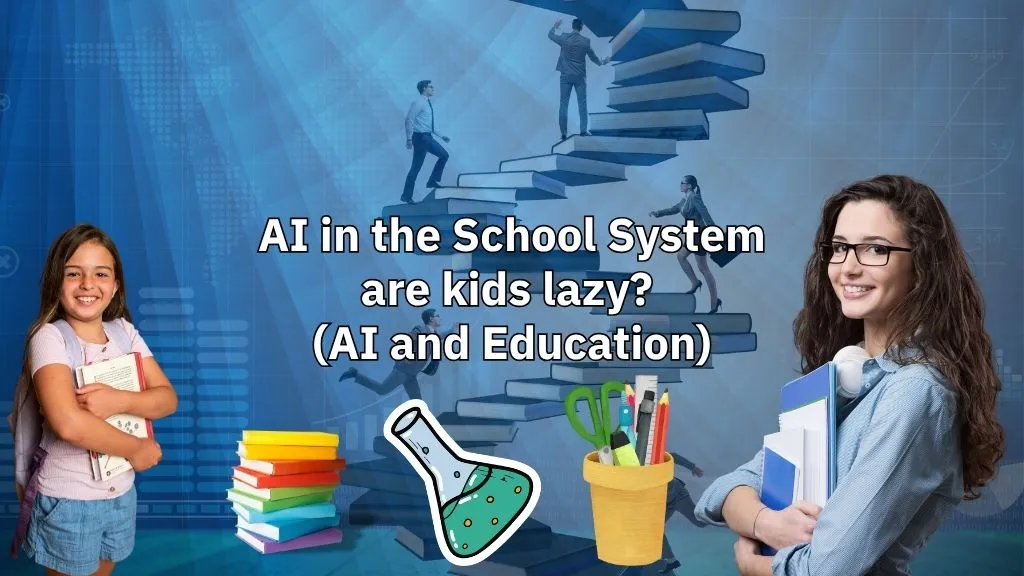1. AI is Ubiquitous Among Students
The video opens with a shocking revelation: a college senior openly admits to using AI for every assignment—and says everyone he knows does too. This normalization of AI use highlights how deeply it has woven into the educational experience.
2. The Promise of Higher Education is Being Undermined
The core argument against unrestricted AI use is that higher education is meant to teach students skills, critical thinking, and subject mastery—not how to outsource tasks to a chatbot. When AI does the heavy lifting, genuine learning is sidelined.
3. Students Admit AI-Generated Work Sounds Identical
The video discusses how AI-written essays often have a distinct, polished tone. Students themselves notice the similarities, which raises concerns about originality and the ability of AI to replicate unique student voices.
4. Hypocrisy in Student Attitudes Toward AI
One of the video’s standout critiques is the inconsistency in student logic. They champion AI for ease, yet laugh when others get penalized for using it. This reveals a disconnection between their actions and the ethical frameworks of academia.
5. The Loss of Independent Thought
Especially in courses like entrepreneurship, where creativity and originality are valued, reliance on AI directly contradicts the core mission: thinking for oneself. The speaker passionately argues that outsourcing everything means not learning anything.
6. Academic Integrity Is At Stake
One comment cited in the video sums it up well: “There’s nothing academic about using generative AI.” Educational institutions have honor codes and integrity pledges, which AI use directly violates when it substitutes human work.
7. AI’s Seductive Convenience Is a Problem
As one former teacher in the video remarks, students don’t even go to Google anymore. Instead, they rely on ChatGPT for answers. This shift from searching to receiving answers passively signals a dangerous decline in research and comprehension skills.
8. Teachers Are Burnt Out
A viral video from a teacher underscores this trend: students are unmotivated, can’t form full sentences, and fail to see why learning matters. Her frustration reflects a systemic issue—the overreliance on tech is diminishing students’ will to engage.
9. High School Students Are Joining the Trend
While college is the video’s primary focus, it hints at a similar trend in high school. Students submit AI-written work, and teachers—aware of how their students normally write—quickly spot the fraud. Yet the issue persists, largely unaddressed.
10. The Double Standard in AI Use
One of the most ironic points: students can’t use AI to write essays, but professors use AI to grade them. This hypocrisy breeds resentment and confusion, especially when students feel penalized by algorithms grading their human-written work.
11. Detection Tools Are Flawed
AI detection tools like Turnitin are notoriously inaccurate. They often flag original work as AI-written and miss content that actually is. This inconsistency puts students at risk of false accusations and undermines trust in academic evaluation.
12. The Importance of AI and Media Literacy
The speaker argues that media and AI literacy must become foundational in modern education. Many students don’t understand how AI works, its limitations, or its biases. Education should focus on teaching responsible, ethical AI usage—not just banning it.
13. A Tool, Not a Crutch
The video closes with an appeal for balance. AI isn’t inherently evil—it can help spark ideas and streamline tasks. But using it to bypass effort entirely damages students’ learning journey and the purpose of education itself.
Final Thoughts
AI is here to stay, but education must evolve carefully. Tools like ChatGPT can enhance learning if used wisely—but they cannot replace the intellectual effort that builds knowledge, character, and capability. As the speaker says, “It’s not just about getting answers. It’s about building mental muscle.”
